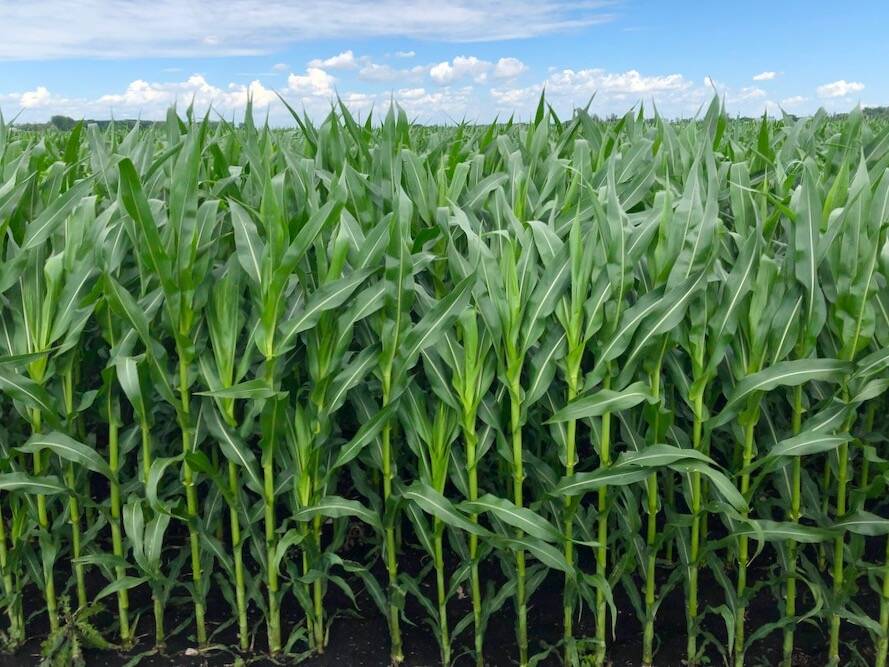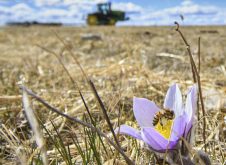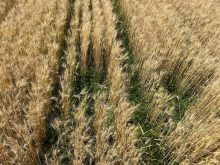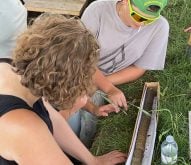Your flea beetle management strategy this season is going to depend on what type of weather conditions and soil temperatures experienced in the days leading up to seeding.
Striped flea beetles are going to be a significant threat to your emerging canola, and were responsible for about 90 per cent of the feeding damage we saw in fields last season.
If we end up having a cold, dry spring with cool soils — similar to 2016 — you’re going to see limited plant populations struggling to emerge and getting overrun by striped flea beetles.
Read Also

Cancer agency reclassifies another herbicide ‘probably carcinogenic’
The WHO’s cancer research agency has now put atrazine, a herbicide well known to corn growers, in the same potential-hazard category where the agency put glyphosate.
However, if we get warmer soils and an ideal amount of moisture, canola should be able to develop leaves quick enough to better withstand and outgrow flea beetle feeding damage by the time it reaches the first true leaf stage.
That being said, it’s always good practice, when possible, to avoid seeding your canola too early and into cool soils. If cool soil temperatures persist, you may want to consider seeding other crops that can better handle low soil temperatures.
By waiting and seeding your canola into warm, moist soils, you increase the odds of establishing healthy, rapid growing canola plants that can better deal with the stress of flea beetle feeding.
Rob Bishop is a seedcare specialist with Syngenta Canada.















